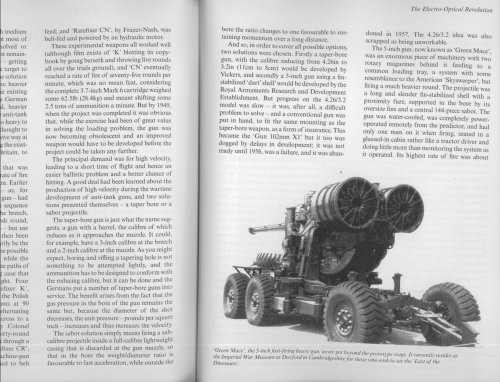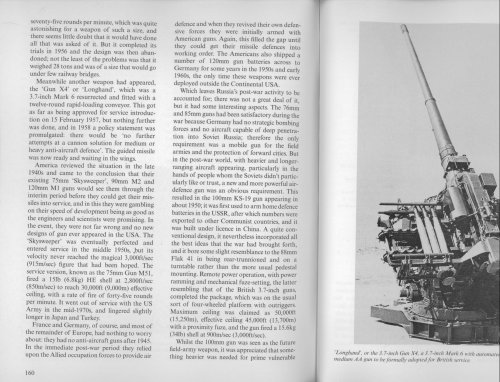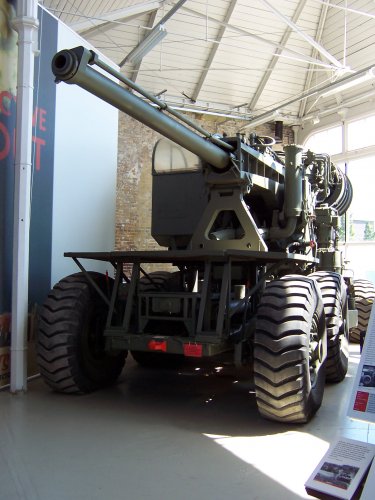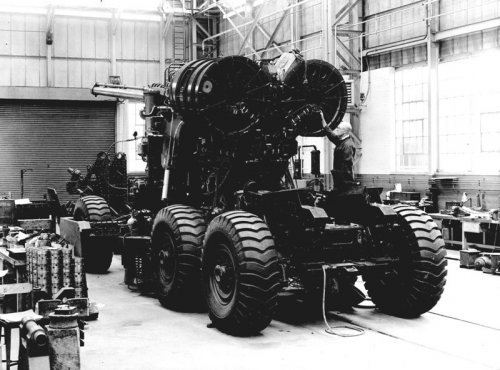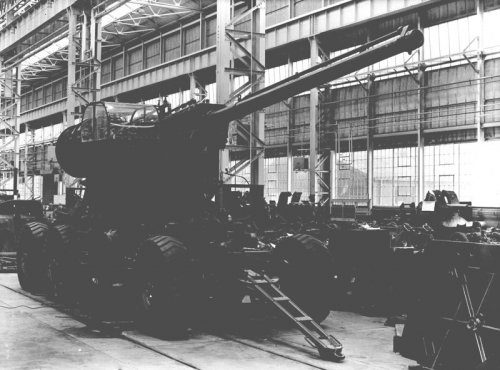red admiral
ACCESS: Top Secret
- Joined
- 16 September 2006
- Messages
- 1,531
- Reaction score
- 1,688
Does anybody have any pictures or information on Green Mace anti-aircraft gun from post-war years? There was one model built in 102mm calibre but I haven't been able to find many pictures or information on it.
Thanks
Thanks

